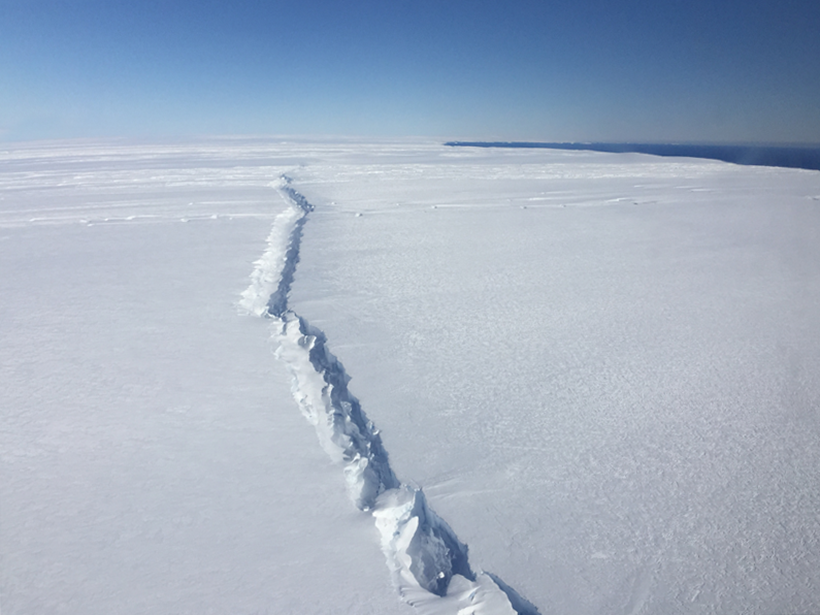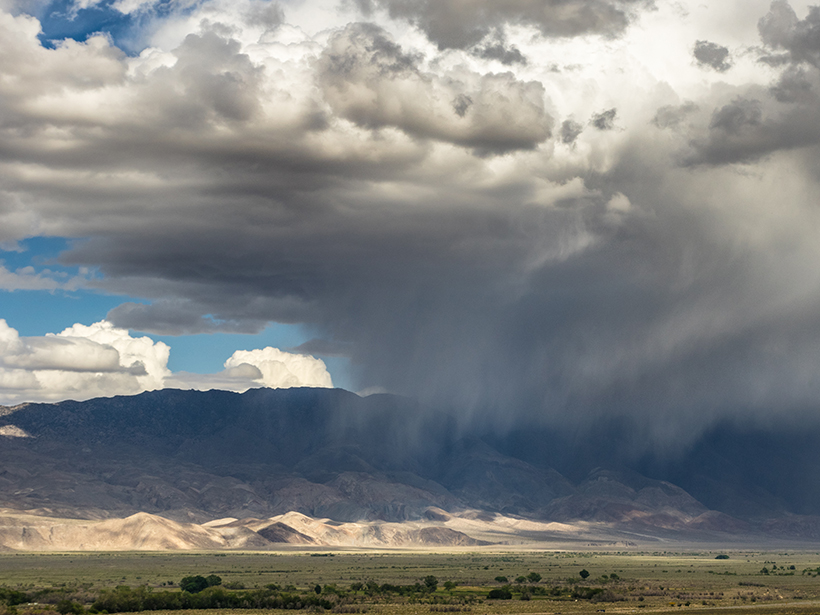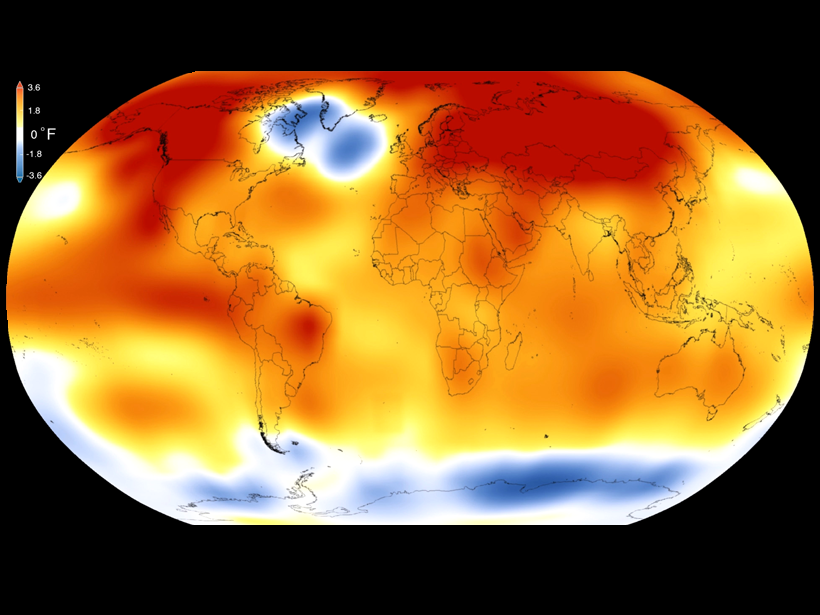An artist’s impulse to recreate natural landscapes leads to fiery scientific explorations that elucidate the behavior of erupting lava and the solid shapes it becomes.
Lauren Lipuma
As a public information specialist and writer at the American Geophysical Union (AGU) in 2015–2021, Lauren Lipuma communicated new Earth and space science research findings published in AGU journals and presented at AGU meetings to the press and public, primarily through written and multimedia content.
Lauren holds a bachelor’s and master’s degree in biomedical engineering from Tulane University. She previously held a position as a staff writer for a monthly medical magazine, has worked in wildlife conservation, and worked for more than 5 years at Memorial Sloan-Kettering Cancer Center in New York, N.Y., where she studied the immune response to infectious diseases and established a new lab devoted entirely to the study of the human microbiome.
Balloons of Lava Bubble into the Ocean from Seafloor Blisters
These peculiar features of submarine volcanic eruptions could be the result of undersea lava lakes.
West Antarctic Ice Shelf Breaking Up from the Inside Out
Researchers trace the origin of a 2015 iceberg to a crack that formed deep beneath the ice.
Melting Ice Could Reveal Toxic Cold War Era Waste in Greenland
Unforeseen political disputes could arise as countries assess who's responsible for the cleanup of the Cold War relics.
Monster El Niño Not Enough to Quench California Drought
New research shows that the Sierra Nevada snowpack will likely not recover from the current drought until 2019.
Researchers Attribute Human Influence on Climate Back to 1930s
A new study finds that humans likely have triggered the last 16 record-breaking hot years on Earth, up to 2014.
Asphalt Volcanoes Erupt in Slow Motion
Natural asphalt seeps on the ocean floor provide a stable home for diverse marine life that sequesters greenhouse gases.
More Acidic Oceans Could Reduce Fertility for Algae Eaters
New research shows that increased levels of carbon dioxide in the oceans cause changes that alter key nutrients essential to the reproduction of animals low on the food web.








